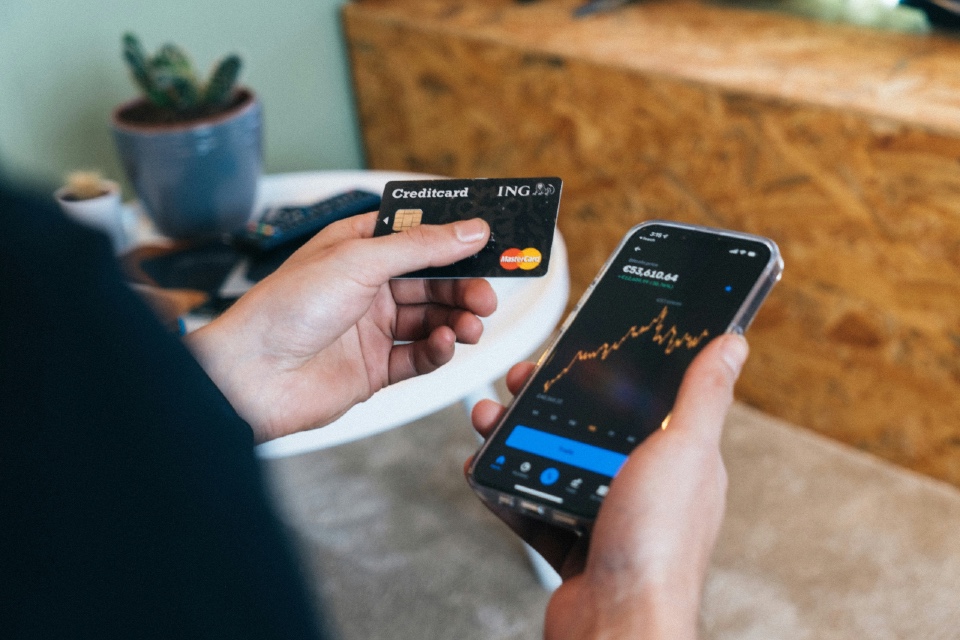As digital transactions become faster and increasingly automated, traditional fraud prevention tools are struggling to keep up. Passwords, one-time passcodes, and even device fingerprints can be stolen or spoofed. The next generation of fraud defence is focusing not on who the user claims to be, but how they behave. Behavioural biometrics is moving from niche technology to mainstream fraud prevention, giving retailers and payment providers a powerful new way to detect imposters in real time, even when login credentials appear legitimate…
Understanding Behavioural Biometrics
Unlike physical biometrics, such as fingerprints or facial recognition, behavioural biometrics analyse patterns of human interaction: how a person types, swipes, moves their mouse, or holds a device. These subtle, continuous signals are almost impossible to replicate, providing a dynamic and frictionless form of authentication.
Every user interaction becomes a data point, feeding machine learning models that build unique ‘behavioural profiles’. When a fraudster tries to mimic a legitimate customer, the system detects anomalies: perhaps a slightly different keystroke rhythm, or a faster-than-usual checkout flow, and flags the transaction before authorisation.
Real-Time, Frictionless Protection
The major appeal of behavioural biometrics is that it works silently in the background. Customers don’t need to complete extra steps or provide additional information, preserving a smooth checkout experience.
AI-driven behavioural engines continuously assess risk during the session. If behaviour deviates from normal patterns, for example, a bot attempting rapid data entry or a criminal using remote access software, the platform can trigger step-up authentication or block the transaction entirely.
For retailers balancing fraud prevention with customer convenience, this approach offers the best of both worlds: invisible protection that scales with growth.
Scaling Across Channels and Devices
As consumers switch between apps, browsers, and in-store digital touchpoints, behavioural biometrics provide the continuity traditional methods lack. Because behaviour is tied to the user, not the device, risk models remain consistent across channels, creating a unified fraud prevention layer that complements other tools such as device intelligence, digital identity verification, and transaction monitoring.
Large-scale adoption is being accelerated by API-driven integrations with major payment and fraud management platforms, allowing merchants to deploy behavioural analytics without overhauling infrastructure.
In the battle against fraud, criminals can steal data, but not habits. Behavioural biometrics turns every genuine user’s interaction into a living, evolving security key.
For fraud prevention leaders, this is a fundamental shift. In 2026, the most secure retailers won’t just know who their customers are; they’ll know how they behave.
Top 5 Use Cases for Behavioural Biometrics in Retail Fraud Prevention
- Account Takeover Detection
Spot anomalies in typing speed, mouse movement, or device handling that indicate a fraudster accessing a legitimate customer account. - Payment and Checkout Fraud
Identify automated bots or scripted attacks by detecting unnatural click patterns and form-filling behaviour during the checkout process. - New Account Creation
Differentiate between genuine new users and fraud farms by monitoring behaviour consistency during registration, password setup, and verification steps. - Loyalty and Rewards Abuse
Protect high-value customer accounts by flagging behavioural deviations that signal credential sharing or account resale activity. - Insider and Employee Fraud Prevention
Monitor system access and usage patterns within internal environments to detect unusual behaviour that could indicate insider risk.
Are you searching for Biometrics solutions to help combat fraud? The Fraud Prevention Summit can help!
Photo by George Prentzas on Unsplash






